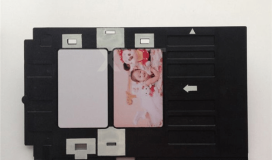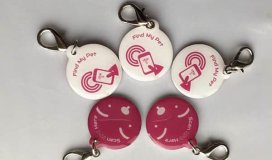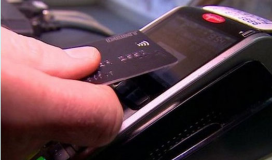NFC is one of the highly advantageous technologies available today. The NFC (Near Field Communication) feature that we have in our smart phones has actually advanced from another revolutionary technology which is known as RFID (Radio Frequency Identification). Technically speaking, RFID is the use of radio frequencies and waves to store, capture and read information. This information is stored on small tags electromagnetically and can be attached to objects to serve different purposes. NFC tags are very tiny stickers that contain microchips having aerials with the capability of storing a specific amount of information in it. NFC for phone uses this technology to operate. This also allows transfer of information from one device to another having NFC.
NFC tags are basically passive device which means they do not have their own power supply and magnetic field. But when attached and synced with the mobile phones these devices use magnetic fields of the phone by which they become able to store information and perform other functions. Smart phones are definitely the most common devices which are the application of NFC for phone. It works on the principle of sharing information via radio waves, just like Wi-Fi and Bluetooth. The transmission frequency for data across NFC for phone is 13.56 MHz, and data can be sent at the speed of 106-424 KB/S, which is quick enough for a range of data transfers.
Basically, there are two modes in a smart phone on which NFC operates. First is the peer-to-peer mode in which two NFC enabled devices can exchange information and share files such as images, music and contacts. The second mode is the read/write mode which is basically one-way transmission in which one NFC enabled device can link up with another device in order to read information to it. Through this NFC tag, information is can only be read and not edited. NFC for phone with RFID has proven to be a groundbreaking technology step in IT and with time and development in industry more and more applications of the same would come up.



